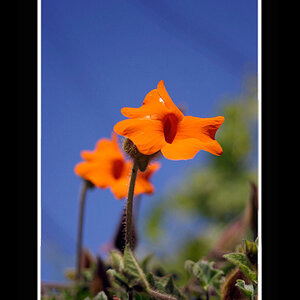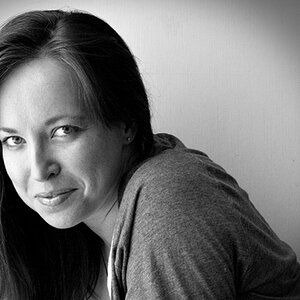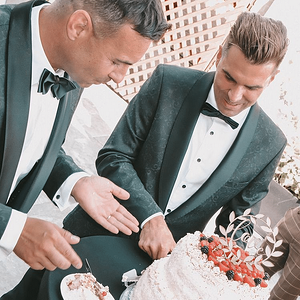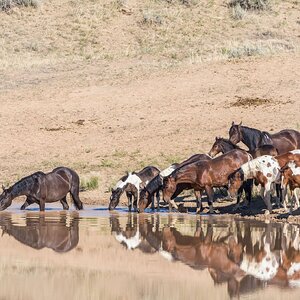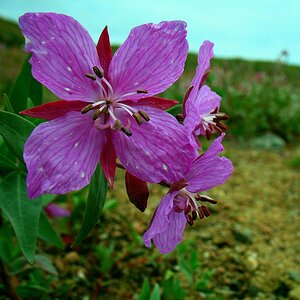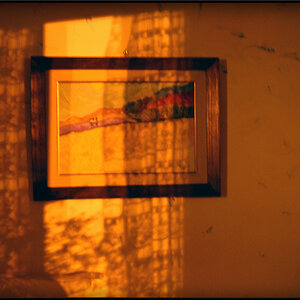nmsnapshots
TPF Noob!
- Joined
- Jun 10, 2009
- Messages
- 35
- Reaction score
- 0
- Location
- Bernalillo, NM
- Can others edit my Photos
- Photos OK to edit
This past weekend I was in Santa Fe shooting the aspen trees changing color. Under the tree canopies it's kind of shady but the sky is bright and very blue.
The trouble I was having was trying to keep from blowing out the sky but not making the trees too dark...
Any ideas or tips for balancing out such extreme lighting?
I was using a Nikon D300s and 18-200 VR lens, on a tripod...
Thanks!
The trouble I was having was trying to keep from blowing out the sky but not making the trees too dark...
Any ideas or tips for balancing out such extreme lighting?
I was using a Nikon D300s and 18-200 VR lens, on a tripod...
Thanks!


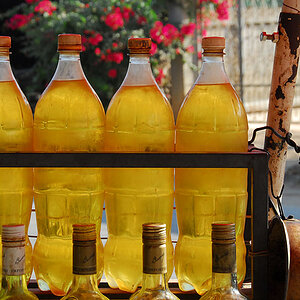
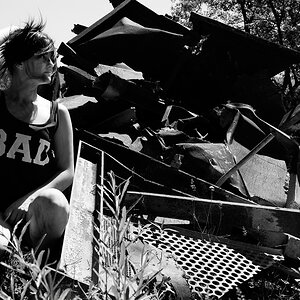
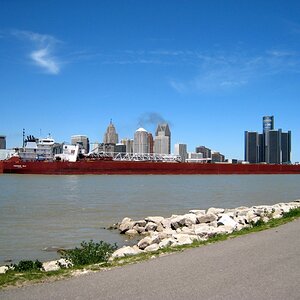
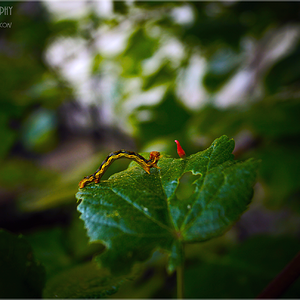
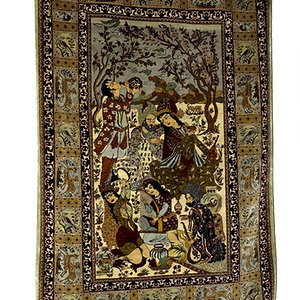
![[No title]](/data/xfmg/thumbnail/32/32808-9d1f657a1903d3bdbd67ea830397d62c.jpg?1619735668)
